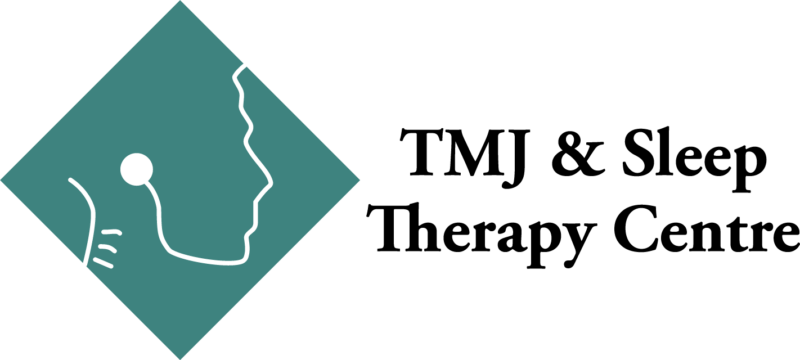We all get headaches. Some are just a pain in the, well, head.
Others are debilitating. They may be accompanied by other symptoms, like nausea and neck pain, and hurt so deep it feels like someone is playing the bass drum against our brain.
Whatever your experience, you may not want to load up your bloodstream with pharmaceuticals, or you may find that they deliver diminishing returns.
For you, we offer some homemade suggestions that might take the edge off.
- Remove the stress. Many people find they can soften the effect of a headache, or even prevent it, by using a relaxation technique of their choice. For some that’s yoga, others meditation and other still, deep breathing techniques. All three approaches are have been shown in scientific studies to work.
- Run away from the pain. Exercise has been shown to ease the pain from tension headaches and even migraines. That could entail aerobics, stretching and even running. Stretching exercises appear to be particularly effective when the stretches involve the affected area, like the neck and shoulder muscles, and everyone’s favorite, the sternocleidomastoid. (It’s the muscle that holds up your head.)
- Freeze it in its tracks. An ice pack helps reduce inflammation and dull the pain from a tension headache or migraine. Methods include ice applied to the back of the neck or to the temples, to quiet the pain; a washcloth dipped in ice water over the forehead; or a frozen compress of any kind on the forehead or over the eyes, depending on where it hurts. These methods have the added advantage of forcing you to relax while you allow the cold to seep in.
- Or add some heat. For headaches that involve neck tightness, applying heat to the back of the neck can stimulate blood flow and relieve some of the symptoms. Don’t use heat for migraines or any pulsating pain.
- Knead it. Some say that acupressure on the back of the hand, in the fleshy triangle between the thumb and index finger, can be effective for some headaches. Hold the pressure for a couple of minutes and then switch hands.
Studies have shown that direct massage to the temples, back, neck and shoulders reduces the incidence of migraines and their severity. We can massage our own temples, and to a lesser degree, neck. You’ll need help with the back and shoulders.
The good news there is that even if the headache doesn’t go away, you got a massage!
- Eat some relaxing foods. Ginger reduces inflammation of the blood vessels in the head and basil works as a muscle relaxant. Neither is going to eliminate a headache but they might dull the pain a little. The ginger is best consumed in a juice mix with lemon juice. Basil tea works well, or you can simply chew on a couple of basil leaves.
- Take the olfactory route. Scent therapy can also take the edge off the pain and induce a sense of relaxation. Peppermint oil contains menthol, which opens up clogged blood vessels. Lavender oil has been shown by clinical studies to calm headache symptoms. You can massage the peppermint into your forehead. Inhale the lavender oil, but don’t swallow it.
Here’s a surprising fact about headaches:
Some headaches are caused by misalignment of the jaw that can be easily remedied. If you have ongoing headache issues, or difficulty achieving deep, restful sleep, consult your dentist. Yes, your dentist.
